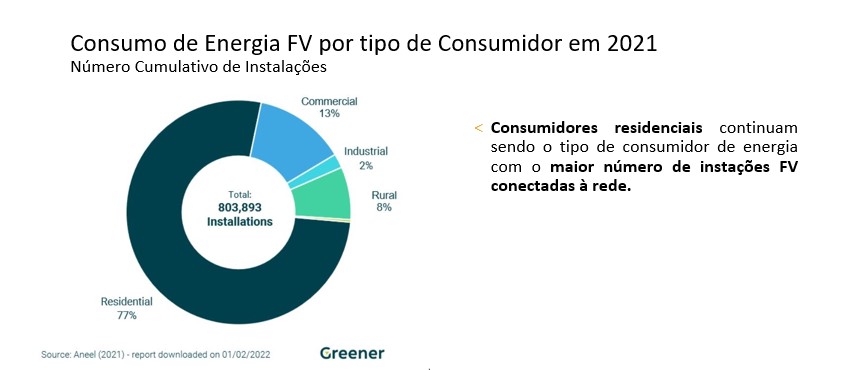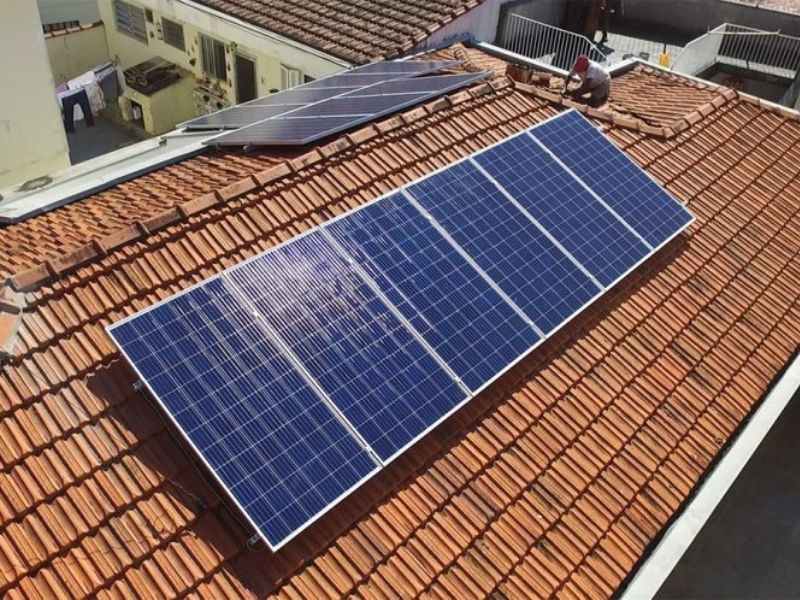You high power photovoltaic modules are “in fashion” within the solar energy market, with more and more products being launched in Brazil. Nonetheless, In general, the greater the power of the technology, the greater its size and weight.
For this reason, many designers end up making its use unfeasible because many Brazilian structures (roofs) do not have adequate support or areas with space for their application.
However, due to the growth of the sector, many installation companies have appeared on the market and suggested the application of these modules without any type of technical knowledge and just believing the fallacy that the more power a solar panel has, the better it is.
To elucidate the hidden risks that high power modules can cause on certain types of roofs, the Solar Channel held, last Tuesday (22), a webinar with Ramon Nuche, Latam director of AE Solar, and Eduardo da Silva, relationship agent for Helte.

Among the risks involved in projects installed “any way” with high-power photovoltaic modules, the two cite safety for installers, the structural integrity of roofs, the greater risk of fires due to high electrical currents, in addition to the mechanical stress of the system.
“Higher power modules tend to be much heavier. A 550W solar panel, for example, weighs around 32 kg while a 460W solar panel from AE Solar weighs 24 kg. In Brazil, where there are many old roofs and houses, this multiplication of weight is more difficult to support and can cause accidents”, said Silva.
According to Nuche, when a client has an area or weight limitation on a roof, the ideal is to use more smaller modules with the same efficiency in relation to large modules. “What will happen in practice is that, depending on the shape of the roof, it will be possible to place more smaller solar panels. In the end, we end up placing more power within this same area”, he commented.
For the professional, the strategy brings a series of flexibility advantages when applied. “The customer will want to know, at the end of the day, the energy generated at the end of the month. It doesn’t matter if the power of the modules is lower or higher”, he stressed.
Nuche also drew the attention of companies that, before carrying out any installation, they carry out a well-prepared structural study and seek help from truly qualified professionals. “You can do it using software or on paper itself. layout of the roof area and fitting the modules in the best way possible”, he said.
“If you don't have a civil engineer within the company, hire one to carry out this analysis, because the last thing the integrator will want is for your installation to cause problems for its customers”, he concluded.
Watch the full webinar
















